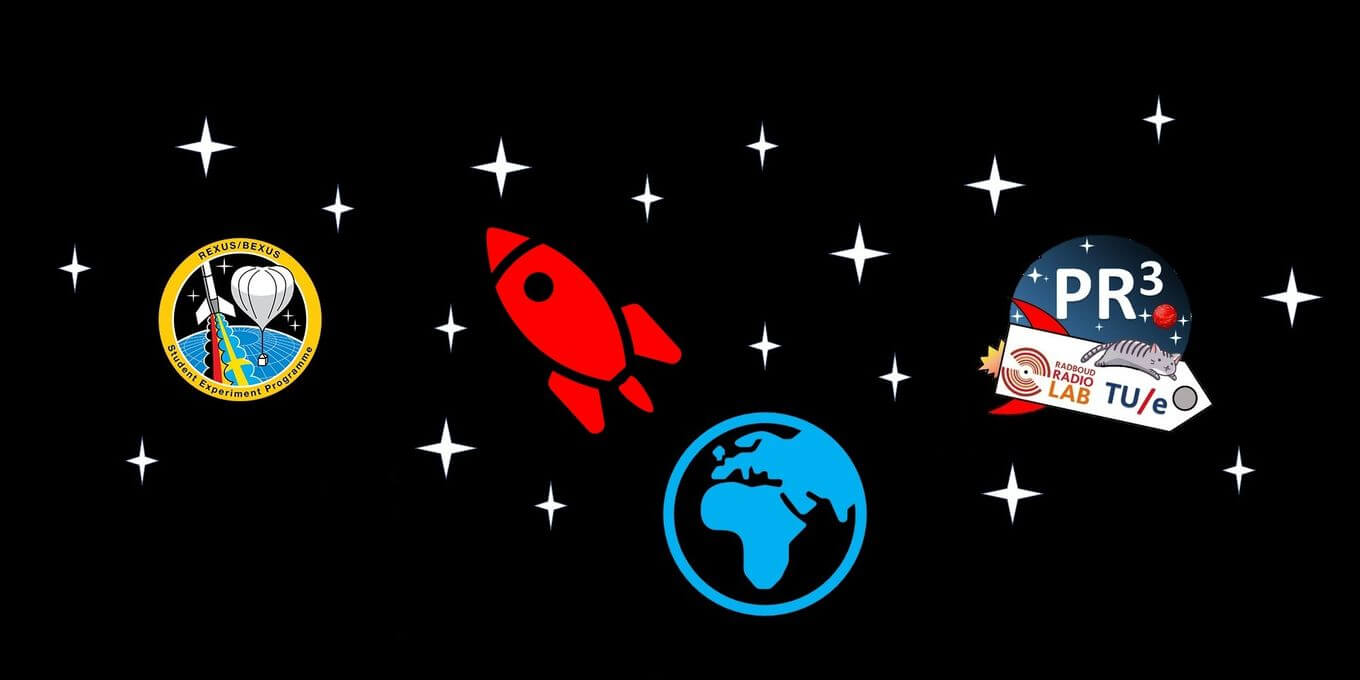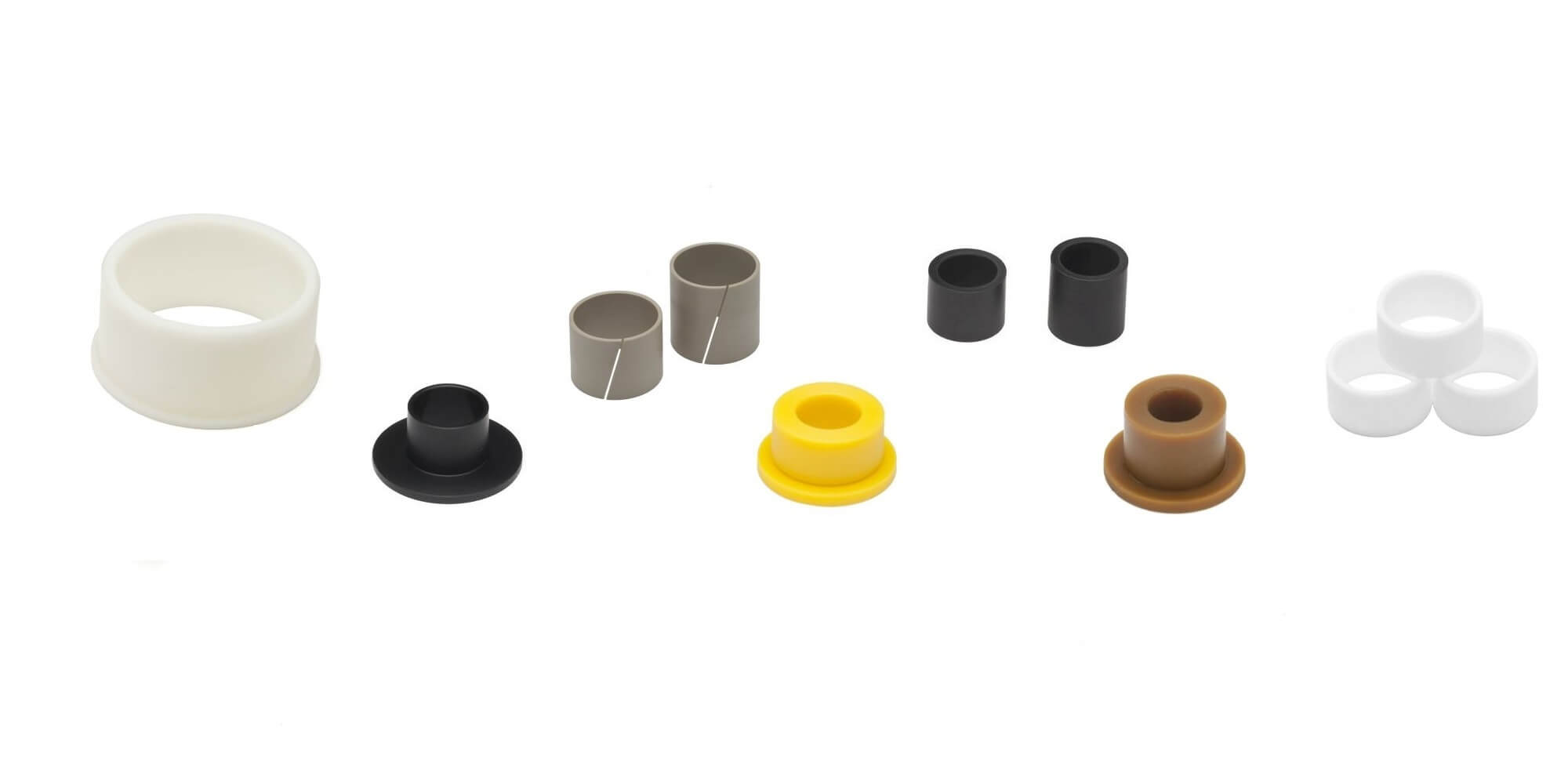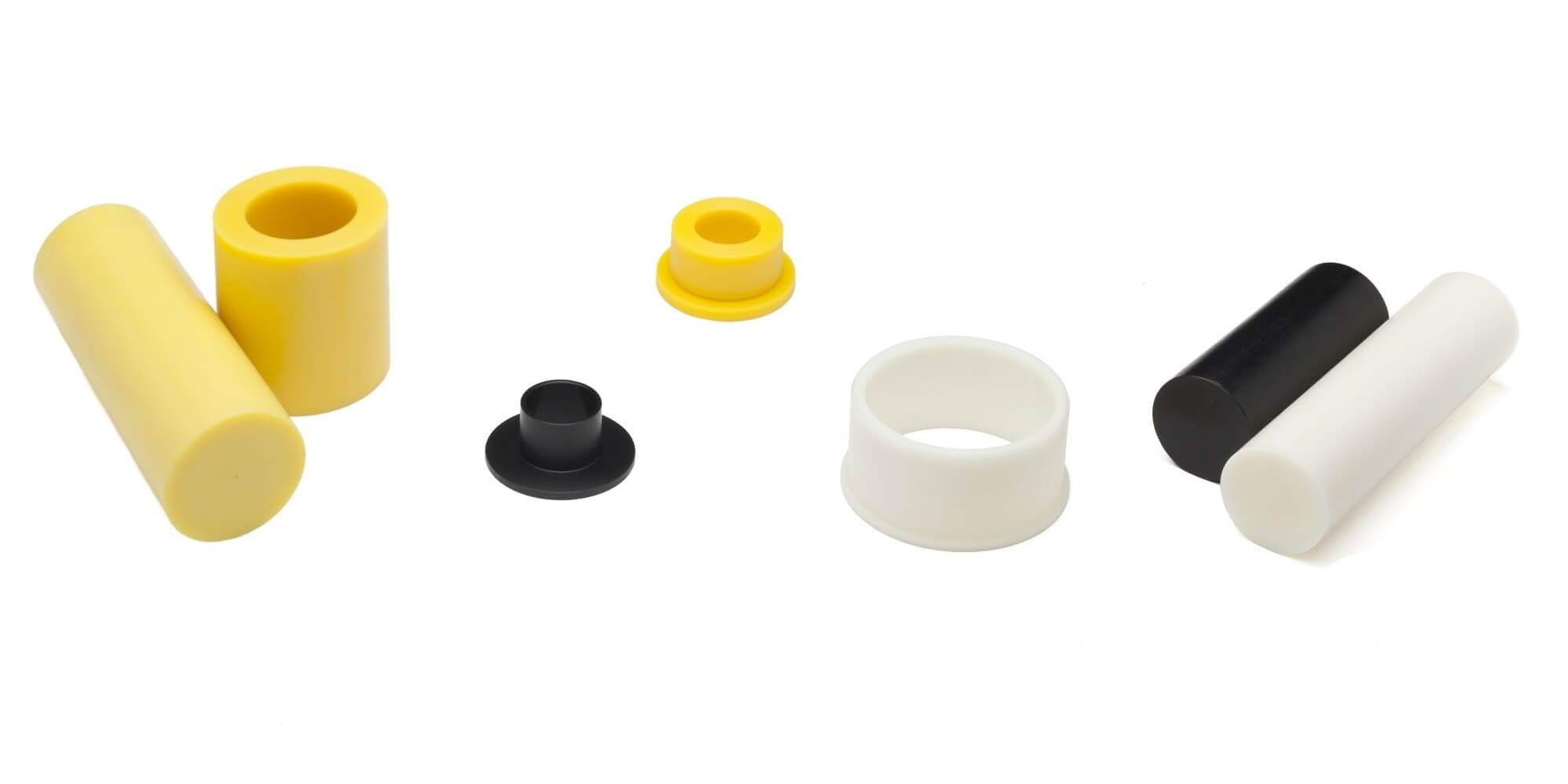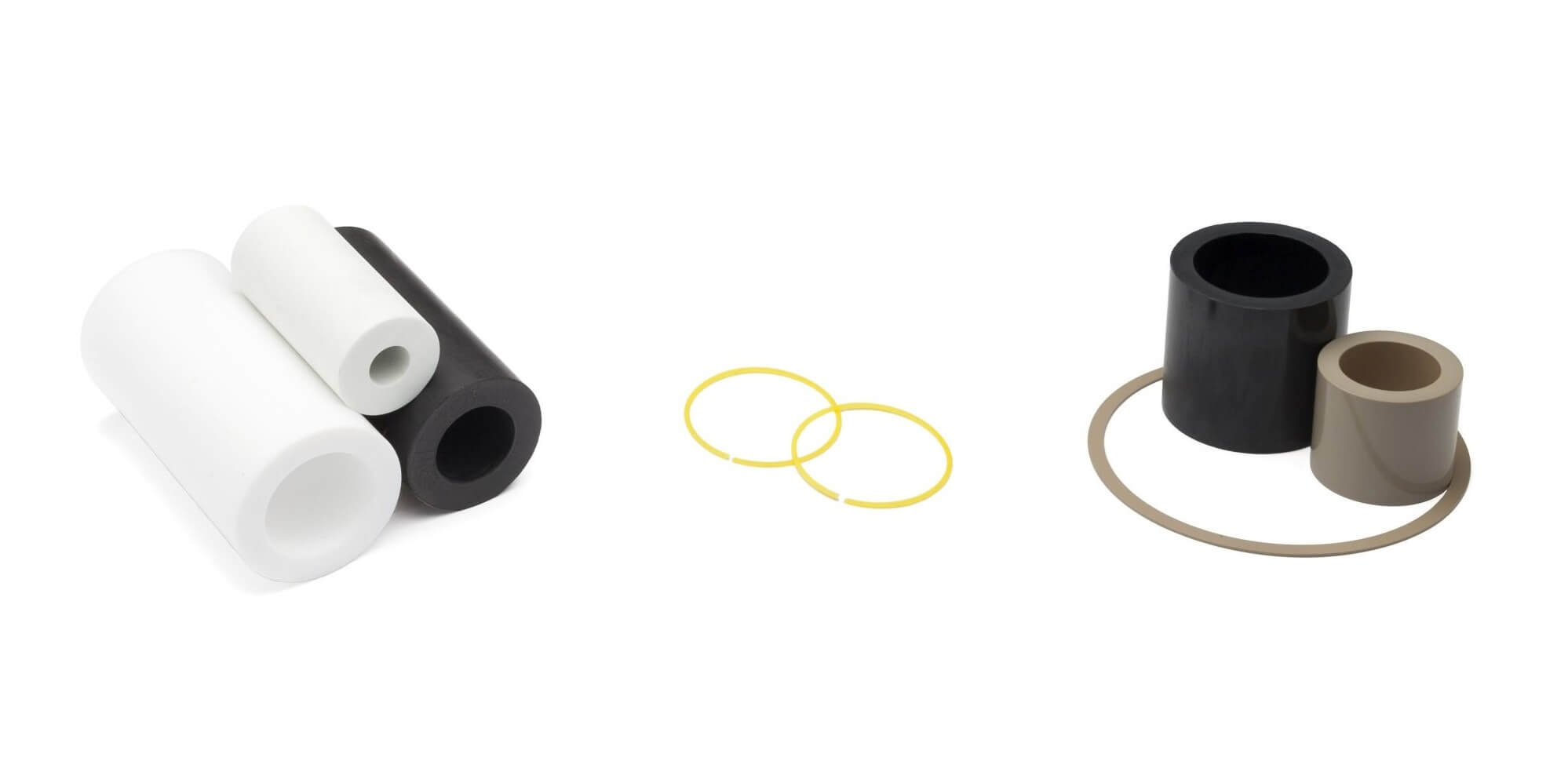04-03-2019
REXUS Rocket will be launched in space with Ridderflex flight antennas!
On the 11th of March, the REXUS rocket, a rocket made and designed by students, is scheduled to launch from Sweden. The rocket will be in the sky for about fifteen minutes and reach an altitude of approximately one hundred kilometers. And its flight antennas are partly made by Ridderflex!
PR3 space reasearch project
One of the selected experiments for the launch of the REXUS is part of the research project PR3 Space. This is a collaborative research project between TU/e, Radboud University and others on positioning and radiation measurement. Some very generous sponsors make these experiments happen: a.o. Radboud Radio Lab, the electronic systems group at Eindhoven University of Technology, Technocentrum and REXUS/BEXUS.
What is REXUS/BEXUS?
REXUS / BEXUS is a programme that allows students from universities and higher education colleges across Europe to carry out scientific and technological experiments on research rockets and balloons. Let’s give you a summary of what this programme does:
- Each year
- Two rockets and two balloons
- Launched into space
- Carrying up to 20 experiments designed and built by student teams.
Rocket science? - Absolutely
Ok. Even that simple summary sounds a bit like rocket science. Well, it absolutely is. But what does the PR3 Space team then actually do? Well, amongst others the researchers of PR3 Space have designed antennas and ground stations to track the REXUS rocket’s position with a very high accuracy. Three of these antennas are fixed to the rocket and will send signals from space. Each at a different frequency. Six ground stations on and around the launching site receive these signals. “Based on the phase differences between the signals we receive, we can calculate the position of the rocket,” PhD student Mark Wijtvliet explains.
Flight antennas more accurate than gps
Ridderflex made PEEK parts for the antennas that are in the rocket as modules. According to Wijtvliet, these antennas provide a method of tracking much more accurate than gps. “The expected accuracy is better than one meter, but we’re hoping for about ten centimeters.” He believes this method of tracking can be used for various purposes, such as tracking persons or objects.

Ready to launch?
Ridderflex was the best partner the PR3 team could find for parts with this complexity and durability. Fun fact: our PEEK parts were the very last parts the team needed to complete the rocket. The REXUS rocket is almost ready to launch. We will give you a short summary of the launch details:
- The REXUS rocket will launch from the Esrange Space Center
- Near the town of Kiruna in northern Sweden, approximately 150 kilometers north of the Arctic circle
- It will launch on the 11th of March.
Follow the rocket into space
On https://www.facebook.com/PR3space/ and https://twitter.com/PR3_Space you can follow the progress of the PR3 team and their rocket. They will try to update more frequently once they get closer to the actual launch. The launch itself should be streamed live.
As soon as we have a link for the livestream, we will post this on the Ridderflex LinkedIn page.




